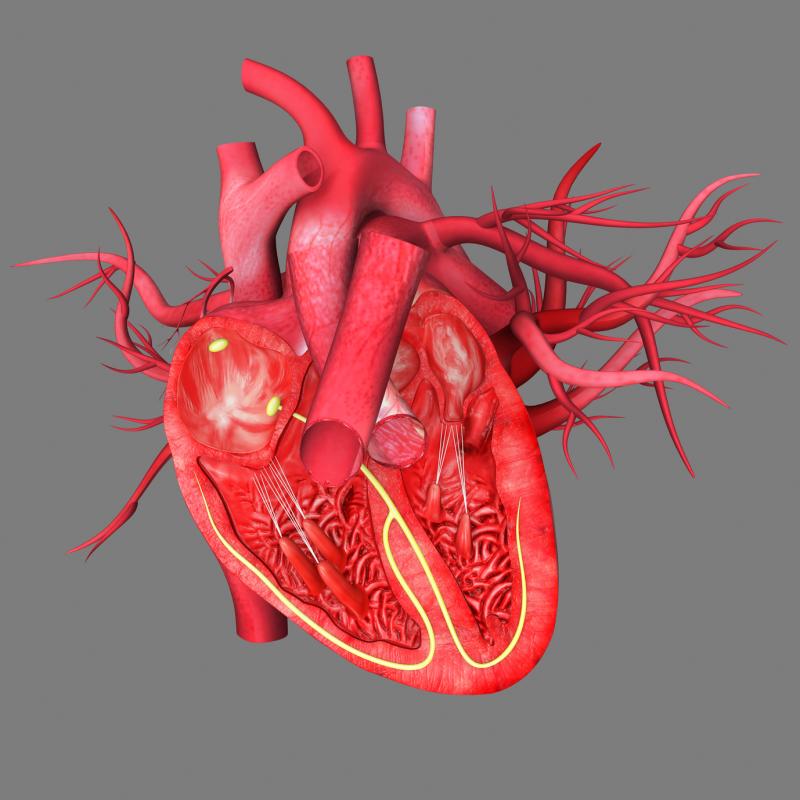
Concomitant tricuspid valve intervention (TVI) is safe in patients with corrected tetralogy of Fallot (TOF) or pulmonary stenosis and significant tricuspid regurgitation, reveals a Canada study. It also leads to better early tricuspid valve competence than isolated pulmonary valve replacement (PVR).
The authors sought to determine the impact of concomitant TVI on postoperative tricuspid regurgitation, length of hospital stay, and on a composite endpoint consisting of seven early adverse events (ie, death, reintervention, cardiac electronic device implantation, infection, thromboembolic event, haemodialysis and readmission).
The study included 542 patients with TOF or pulmonary stenosis and mild-to-severe tricuspid regurgitation who underwent isolated PVR (66.8 percent) or PVR+TVI (33.2 percent). Multivariable logistic and negative binomial regression were used to extract outcomes from charts and compare these between groups.
Median age of patients at reintervention was 35.3 years. Tricuspid regurgitation, regardless of surgery type, decreased by at least 1 echocardiographic grade in 35.4 percent, 66.9 percent and 92.8 percent of patients with preoperative mild, moderate and severe insufficiency, respectively.
Multivariable analyses revealed that PVR+TVI resulted in an additional 2.3-fold reduction in tricuspid regurgitation grade (odds ratio [OR], 0.44, 95 percent confidence interval [CI], 0.25–0.77), with no increase in early adverse events (OR, 0.85, 95 percent CI, 0.46–1.57) or hospitalization time (incidence rate ratio, 1.17, 95 percent CI, 0.93–1.46).
The independent predictors of postoperative tricuspid regurgitation were preoperative tricuspid regurgitation severity and presence of transvalvular leads. On the other hand, early adverse events showed a robust correlation with atrial tachyarrhythmia, extracardiac arteriopathy and a high body mass index.